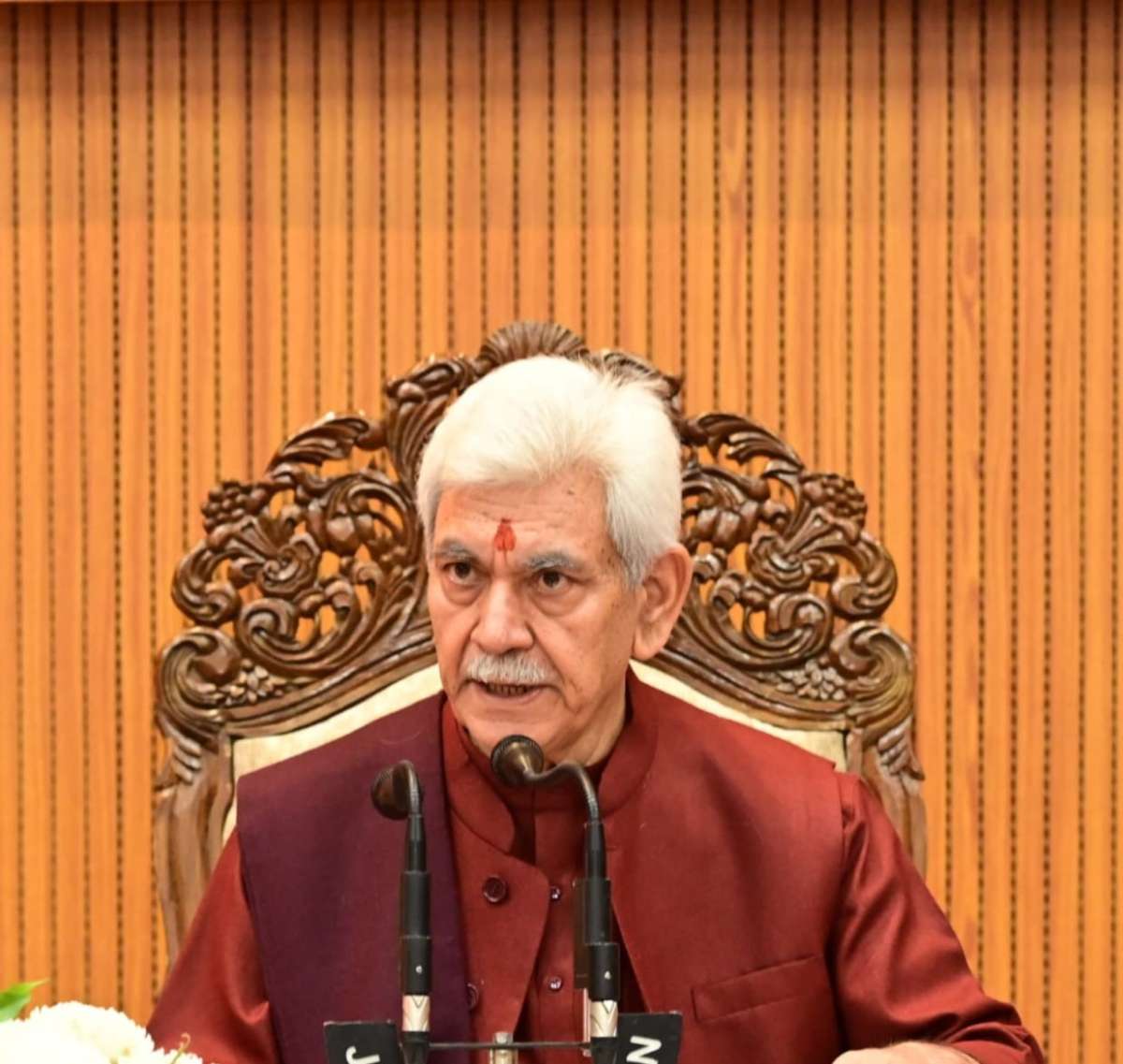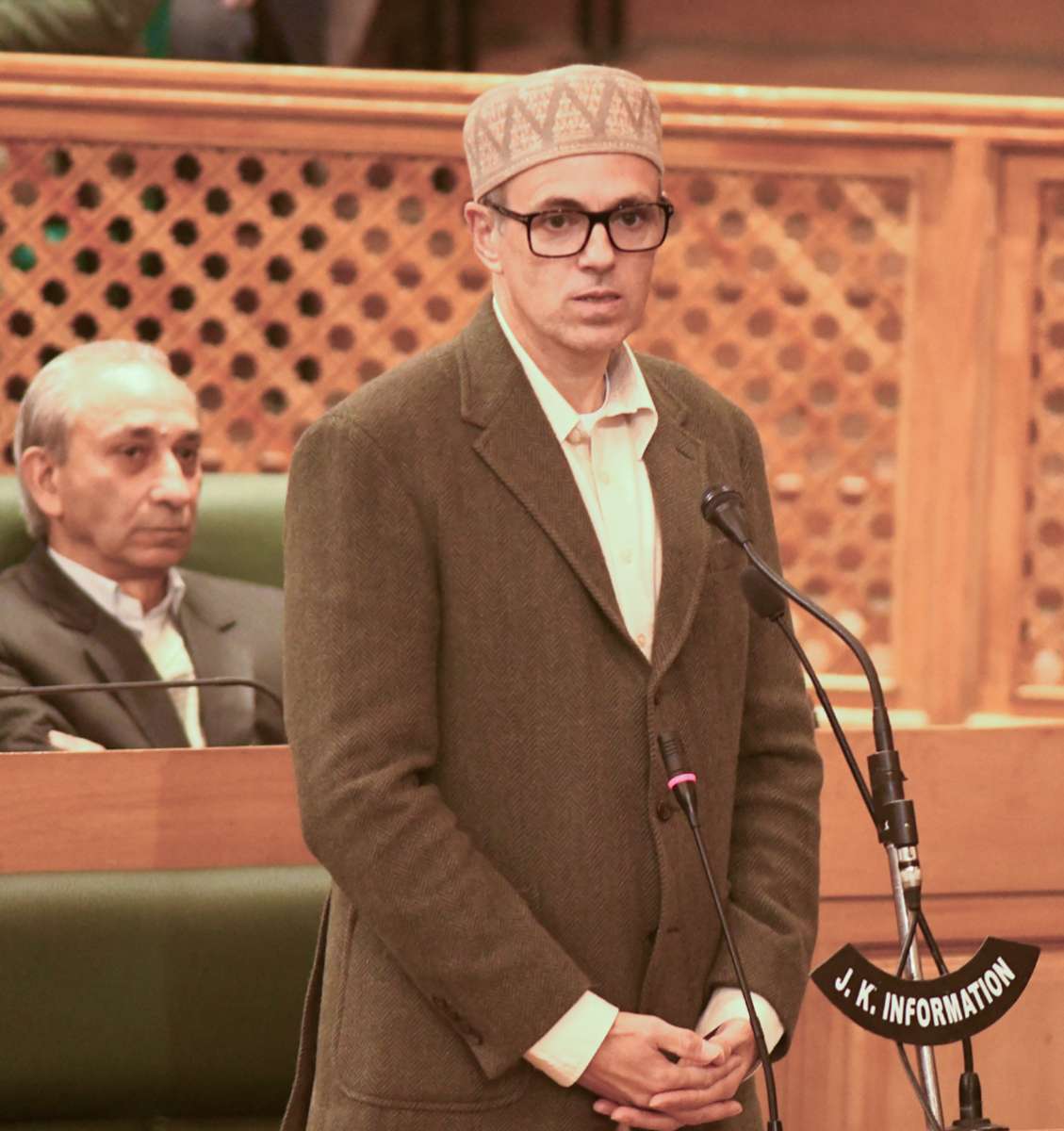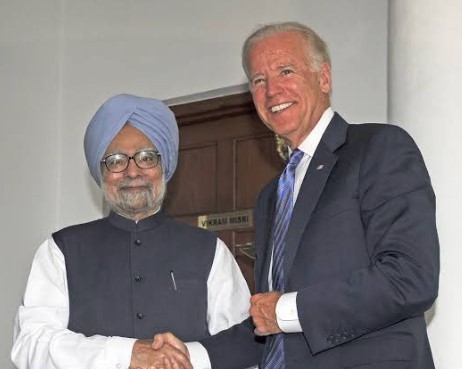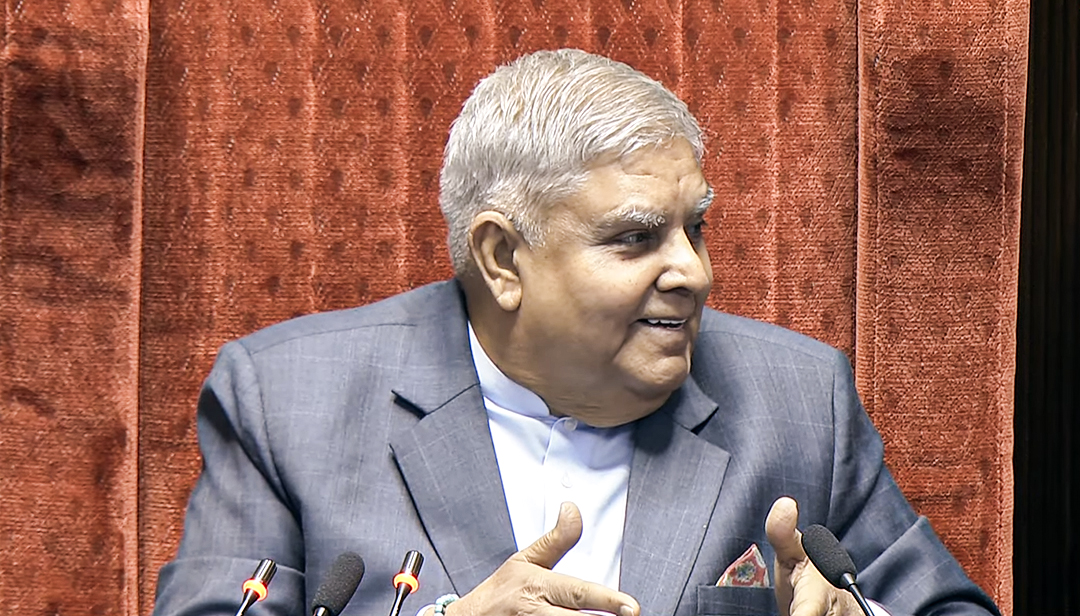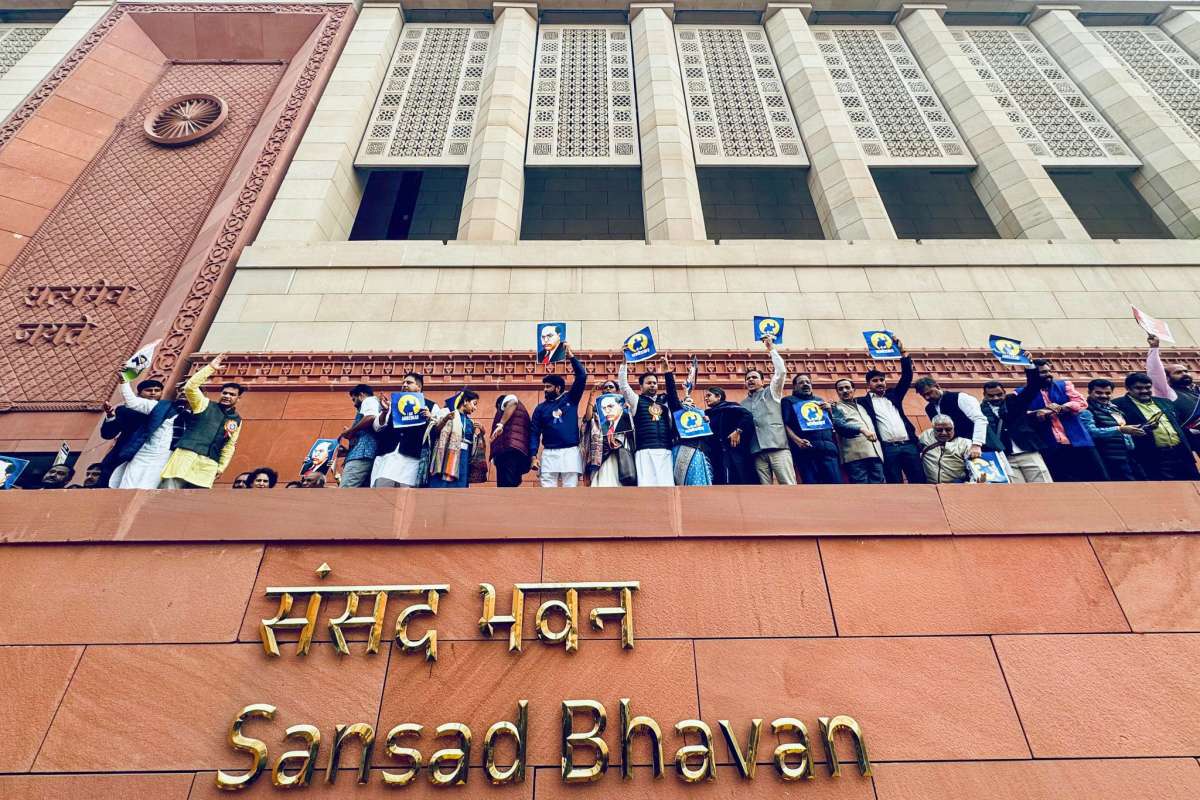Mian Bashir devoted himself completely to his spiritual responsibility, preaching hadith, tafsir and other religious teachings. Being an influential orator he left a great impression on the listeners…reports Asian Lite News
Mian Bashir Ahmad Larvi was a prominent proponent of Sufism, distinguished author, social reformer, and an admired tribal leader of Jammu and Kashmir. He was a fearless maverick unafraid to challenge orthodoxy of religion and politics. His unyielding efforts and contribution towards the upliftment and empowerment of the Gujjars, Bakarwals (Goat herds) and other oppressed communities of Jammu and Kashmir earned him a Padma Bhushan, the third-highest civilian award by the Government of India in 2008.
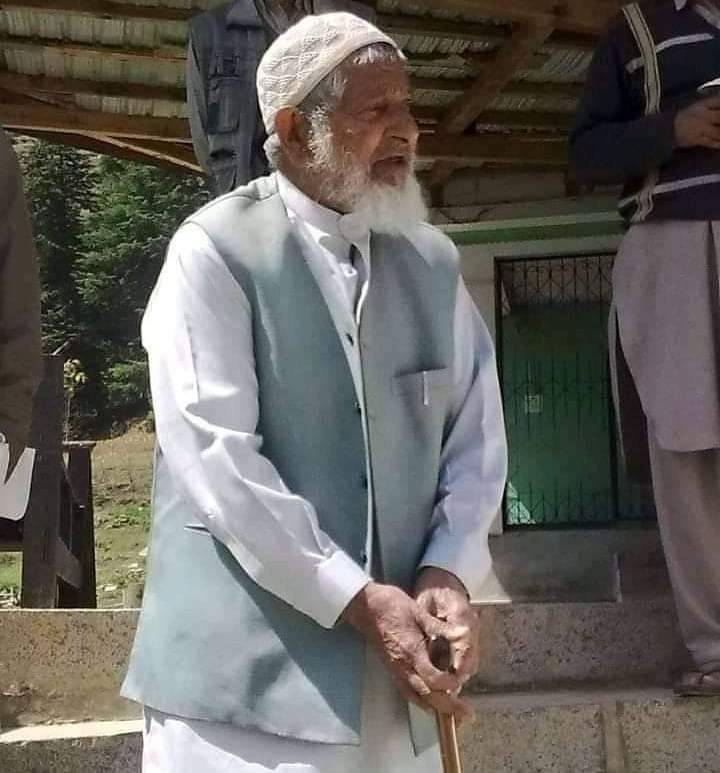
Born in 1923, Mian Bashir Larvi, lovingly known as Baba Saheb, was a multi-faceted personality who continued the legacy of Hazrat Mian Abaid Ullah Larvi, his grandfather and ‘Murshid’ (teacher), and his father Hazrat Mian Nizam-ud-Din Larvi, who had migrated from Hazara region in the 1800s. He was from the Naqshbandi order of Sufi tradition, a convention in the family. Named after Hazrat Bahaud-Din ‘Naqshband’ Bukhari, the order is renowned across the world in Sufi Islam.
Following his spiritual linage, Mian Bashir Ahmed habitually visited the shrine of Sirhand Shrief in Punjab, in veneration of a celebrated mystic and theologian and a respected guide in Naqshband order the Sheikh Ahmad Sirhindi (1564-1624). Baba Saheb worked relentlessly as a politician, spiritual leader, legislator, and emissary of peace. He was the head and Gaddi Nasheen of the revered shrine of Baba Abaid Ullah Larvi, popularly known as Babaji Saheb, at village Babanagari Wanghat in Ganderbal district of Kashmir, for about half his life.
The tribal areas of J&K were socially alienated and economically depreciated. Mian Saheb decided to bridge the gap between the tribal pastoralist nomads and political inefficiencies by joining politics to represent their cause. He was elected as an MLA in 1967, 1972, 1977 from Kangan, and 1983 from Darhal, Rajouri District. He served as a Minister in the State Cabinet in 1972 and 1977, as a Deputy Minister in 1971 and 1977, and as a Minister of State from 1977 to 1980.
No Kashmiri has witnessed a politically inclined man who has maintained his respect along with being a religious and spiritual leader. Mian Saheb was closely associated with the centre stage figures including Mahatma Gandhi, Pandit Jawahar Lal Nehru, Indira Gandhi, Maulana Azad, Hafeez Jallandari, Faiz Ahmad Faiz, Meera Behan, Abdul Gaffar Khan, and countless others.
He devoted himself completely to his spiritual responsibility, preaching hadith, tafsir and other religious teachings. Being an influential orator he left a great impression on the listeners. He was also the head of Gujjar Jirga, a local justice authority where the disputes are resolved amicably.
In the 1947, 1965, and 1971 India-Pakistan wars, Mian Saheb took up an enterprising role for peace in J&K and helped in rehabilitating thousands of people in the border areas. Mian Saheb was known as the most benevolent for his generosity and charity. His close followers swear that he has never counted money when giving to the needy. He also had the opportunity of representing the nation at United Nations, where he passionately leaded many delegations and presented India as global peacekeeper.
Mian Bashir Ahmad has penned a long list of books on spiritualism, mysticism, Sufism, Islamic theology, divine love, and poetry on Gujjar ethos and cultural heritage in Gojri, Urdu, and Punjabi. His most popular is the biographical account of three generations of Babaji Sahib Larvi (his grandfather) in a book ‘Mata e Faqar-o-Danish’. He also recorded his entire life in his dairies which is a historical account of his celebrated life in J&K, research and Sufi academia.
Many Gojri writers like Mian Ismail Zabi had started writing Gojri poetry in the early 1900s following Mian Saheb’s father’s footsteps. It was their family’s tradition to organize poetic events and literary gatherings at the shrine of Baba Abaid Ullah Larvi.
Not much later Mian Bashir Ahmed Larvi assembled “Neer Samundar”, a series of Gojri poetry books. It goes without saying that Gojri language and literature was officially established by Mian Bashir in J&K through radio and cultural academies.
ALSO READ: Kashmir youth forum organises Sufism conference
For the Gujjar-Bakarwal tribe Mian Saheb’s life was the epitome of Godliness. Through his life he worked to educate the tribes of J&K and empowered them politically and economically. As a visionary he stressed on a community building, self-respect, and individual awareness among the tribes. His personal commitment towards the grant of Scheduled Tribe status to Gujjars and Bakarwals of J&K led the Union Governments to award them this rank in 1991.
The saint passed away on 14 August 2021 at the age of 98 in his native village, leaving a deep influence in the Kashmiri society. About 50,000 people from J&K attended his funeral. He took away with him Kashmir’s turbulent history wherein he played a cataclysmal role. His body was buried at his grandfather’s shrine at Wanghat Kangan, Ganderbal. His son Mian Altaf Ahmad, a former Minister and distinguished Gujjar leader, is the new Gaddi Nasheen of the Shrine as per Mian Saheb’s wish. The death of Mian Saheb is an end of an era for J&K but his story, his legacy, his contribution and teachings is a saga of humility and nobility, and will continue to guide seekers of knowledge for generations.


